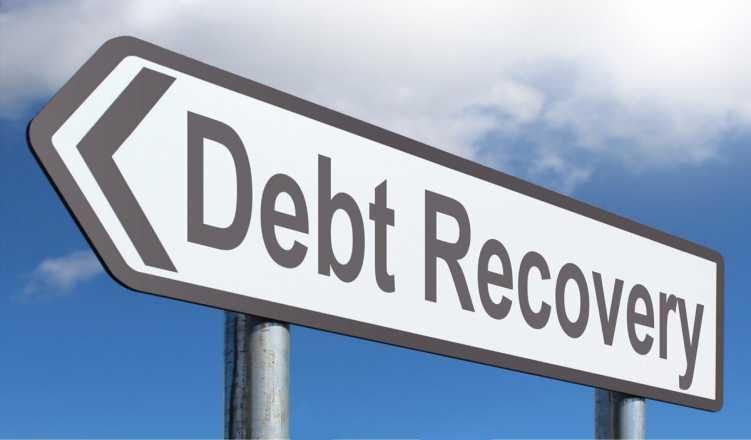
Understanding the Legal Framework of Debt Recovery in India
Introduction
Debt recovery has been a critical aspect of financial transactions for centuries. While the practices have evolved over time, the underlying legal framework remains essential for ensuring the timely repayment of debts. This post provides a comprehensive overview of the legal landscape governing debt recovery in India.
Historical Context
The concept of debt recovery dates back to ancient civilizations, with practices like barter and feudalism contributing to its development. Throughout history, institutions and individuals have relied on various methods, including foreclosure, to collect outstanding debts. Right from the ancient civilizations like Babylon till the Great Depression in the USA, many small and large institutions have depended upon foreclosure for the collection of outstanding debt.
Modern Debt Recovery Industry
Although the industry doesn’t really hold a positive perspective in history, the new industry has changed quite a bit. It has become more organized and humane in nature. There are strict laws in place that govern all aspects of it. Let us have a quick look at some of these important legal means in India through which these recoveries are done.
Legal Mechanisms for Debt Recovery in India
A. Debt Recovery Tribunals (DRTs): Established in 1993, Debt Recovery Tribunals were set-up in India under Recovery of Debts Due to Banks and Financial Institutions Act (RDDBF) to reduce the burden on the courts for debt recovery. It provides specialized assistance in adjudication and recover debts due to banks and financial institutions. However, as time passed, even these tribunals became overburdened due to various factors.
B. SARFAESI: To speed up the above process, the Securitization and Reconstruction of Financial Assets and Enforcement of Security Interest Act (SARFAESI) was enacted in 2002 enabling banks and institutions to take the possession of the collateral security in case of a default. Regulates securitization and asset reconstruction.
The basic difference between RDDBFI and SARFAESI Act is that it provides for frameworks of special forums and reliefs and remedies which banks can undertake
Classifying Borrowers and Identifying Non-Performing Assets (NPAs)
When you borrow from a bank, as a borrower you get classified into 4 types of borrowers.
1) Willing and able
2) Unwilling but able
3) Willing but unable
4) Unwilling and unable.
From the second category onwards, these are termed as Non-performing Assets (NPA). Identifying the type of borrower gives the bank a chance to settle the matter internally. If it doesn’t work out, the next step is making a formal application to a DRT for debt recovery.
Procedure at the Debt Recovery Tribunal (DRT)
This tribunal has a chairperson appointed by the Central Government. The chairperson can decide upon appeals on the basis of applications from banks and financial institutions for recovery of debts. Now you must keep in mind that you make an application to DRT and do not file a suit. Section 19 of the RDDBFI Act deals with jurisdiction, so as a bank you can file an application in the DRT where the defaulter resides or ordinarily carries business. Filing this application triggers the issuance of a summons to the defendant, demanding a show-cause within 30 days.
Once the presiding officer at the DRT sends the certificate, the recovery officer must recover the specified amount. The recovery officer can do this by attaching, selling, or appointing a receiver to manage the defendant’s property. An appeal against DRT can be made to DRAT within 45 days. This can be summarized as below-
- Filing an Application: Banks can file an application with the DRT where the defaulter resides or carries business.
- Issuance of Summons: The DRT issues a summons to the defendant, requiring them to show cause within 30 days.
- Recovery Proceedings: If the defendant fails to comply, the DRT can appoint a recovery officer to attach, sell, or manage the defendant’s property.
- Appeals: Borrowers can appeal DRT decisions to the Debt Recovery Appellate Tribunal (DRAT) within 45 days.
SARFAESI Act and Secured Creditors
Under section 13(2) of the SARFAESI Act, a secured creditor can issue a notice to the borrower after the asset has been classified as NPA by him. This particular notice must contain the exact amount to be paid in full within 60 days. The section requires that such a borrower is liable under a security agreement. If the borrower fails to clear his liabilities, the Act gives authority to the secured creditor under section 13(4) to recover the amount by taking possession of the securities, by appointing a receiver or by asking such a person to pay the secured creditor who currently has acquired assets from the borrower. This can be summarized as below-
- Notice to Borrower: Secured creditors can issue a notice to the borrower after the asset is classified as an NPA.
- Payment Deadline: The notice must state the amount due within 60 days.
- Recovery Powers: If the borrower fails to pay, the secured creditor can take possession of the securities, appoint a receiver, or recover the amount through other means.
Conclusion
The legal framework governing debt recovery in India has evolved significantly, providing a structured approach for banks and financial institutions to recover outstanding debts. Understanding these legal mechanisms is crucial for both lenders and borrowers to navigate the debt recovery process effectively.
While you may have a basic understanding of debt collection laws, experts can handle the intricate details more effectively. ARRMS is the most integrated solution for recovery and management services.
ARRMS was listed as one of the Top 25 Debt Collection Agency in 2022 by StartUpTalky.Com. Refer Debt Recovery | List of Top 25 Debt Collection Agencies (startuptalky.com)
For more information on the debt recovery services in India, subscribe to our blog. If you need assistance with loan recovery, contact us at +91 22-2775-2169 or email us at [email protected]. You can also click here to enter your details in the Contact Form, and we will get back to you!
